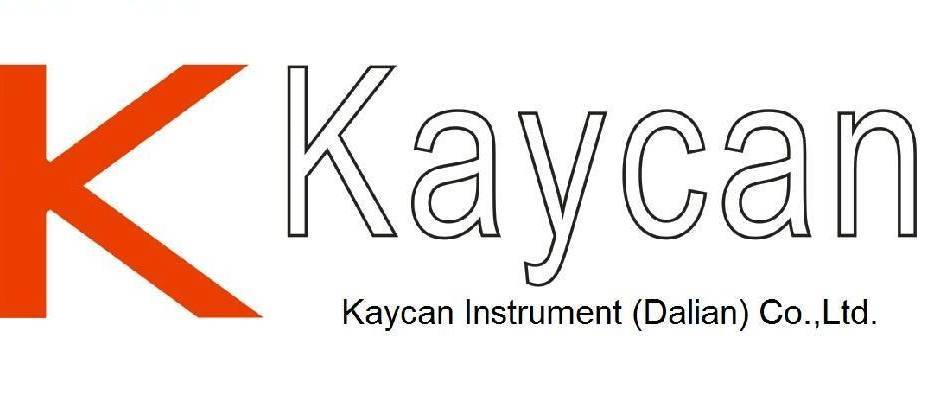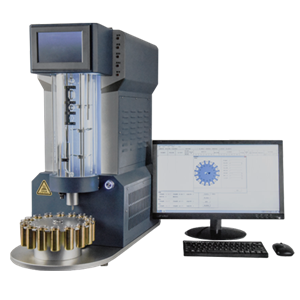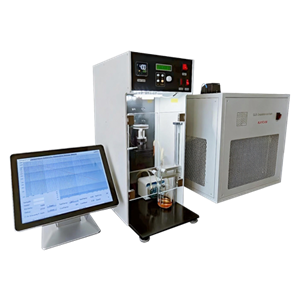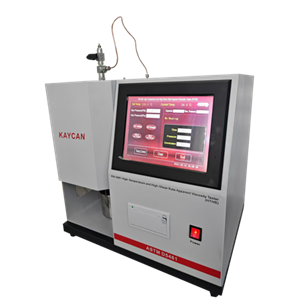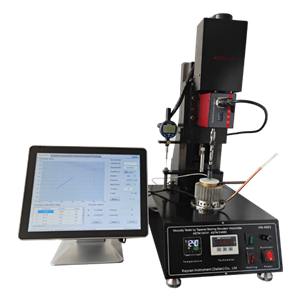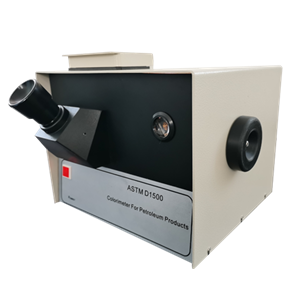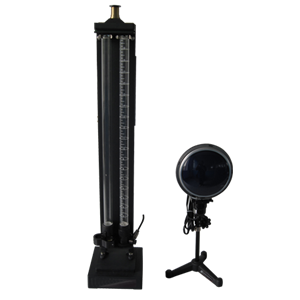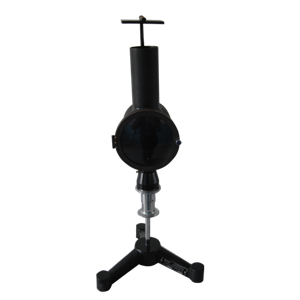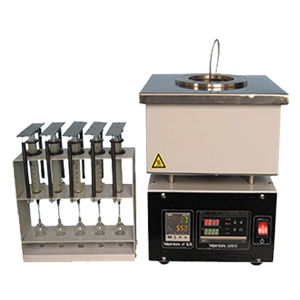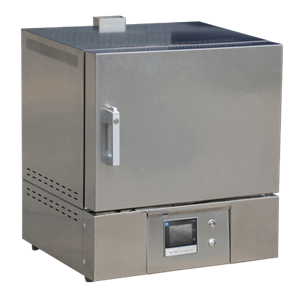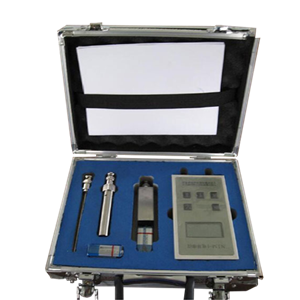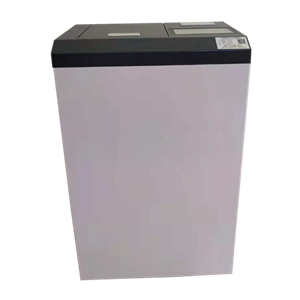-
ASTM D1500 ASTM Color Of Petroleum Products
Determination of the color of petroleum products is used mainly for manufacturing control purposes and is an important quality characteristic, since color is readily observed by the user of the product. In some cases, the color may serve as an indication of the degree of refinement of the material. When the color range of a particular product is known, a variation outside the established range may indicate possible contamination with another product. However, color is not always a reliable guide
Send Email Details -
ASTM D156 Saybolt Chromometer
The height of a column of sample is decreased by levels corresponding to color numbers until the color of the sample is unmistakably lighter than that of the standard. The color number above this level is reported, regardless of whether the sample was darker, questionable, or a match at the higher level
Send Email Details -
ASTM D1322 Smoke Point Of Kerosine And Aviation Turbine Fuel
The smoke point is related to the hydrocarbon type composition of such fuels. Generally the more aromatic the fuel the smokier the flame. A high smoke point indicates a fuel of low smoke producing tendency.
Send Email Details -
ASTM D524 Ramsbottom Carbon Residue Of Petroleum Products
The carbon residue value of burner fuel serves as a rough approximation of the tendency of the fuel to form deposits in vaporizing pot-type and sleeve-type burners. Similarly, provided alkyl nitrates are absent (or if present, provided the test is performed on the base fuel without additive) the carbon residue of diesel fuel correlates approximately with combustion chamber deposits.
Send Email Details -
ASTM D482 Ash Content Oven
Knowledge of the amount of ash-forming material present in a product can provide information as to whether or not the product is suitable for use in a given application. Ash can result from oil or water-soluble metallic compounds or from extraneous solids such as dirt and rust
Send Email Details -
ASTM D2624 Conductivity Of Aviation Fuel
The ability of a fuel to dissipate charge that has been generated during pumping and filtering operations is controlled by its electrical conductivity, which depends upon its content of ion species. If the conductivity is sufficiently high, charges dissipate fast enough to prevent their accumulation and dangerously high potentials in a receiving tank are avoided
Send Email Details -
ISO 1928 Solid Mineral Fuels Calorimeter
Standard Test Method for Heat of Combustion of Liquid Hydrocarbon Fuels by Bomb Calorimeter
Send Email Details -
EN14538 Ca, K,Mg And Na Content In FAME
Biodiesel, defined as a mixture of mono-alkyl esters, is produced from a wide range of vegetable oils and animal fats more commonly by a lipid transesterification process [1-3]. Biodiesel can be substituted for petroleum-based diesel fuel (petrodiesel) in virtually any standard unmodified diesel engine [4, 5]. Pure biodiesel or biodiesel blended with petroleum diesel can be used to fuel diesel vehicles, providing energy security and emissions and safety benefits
Send Email Details
